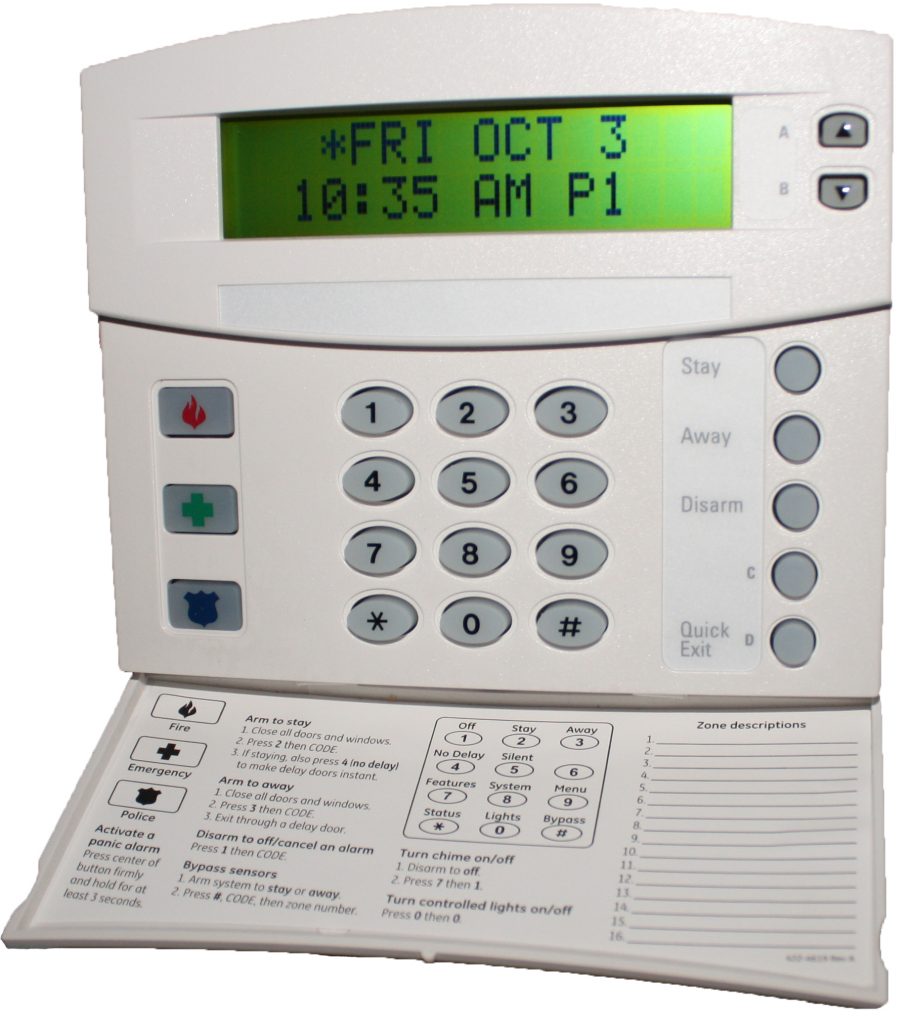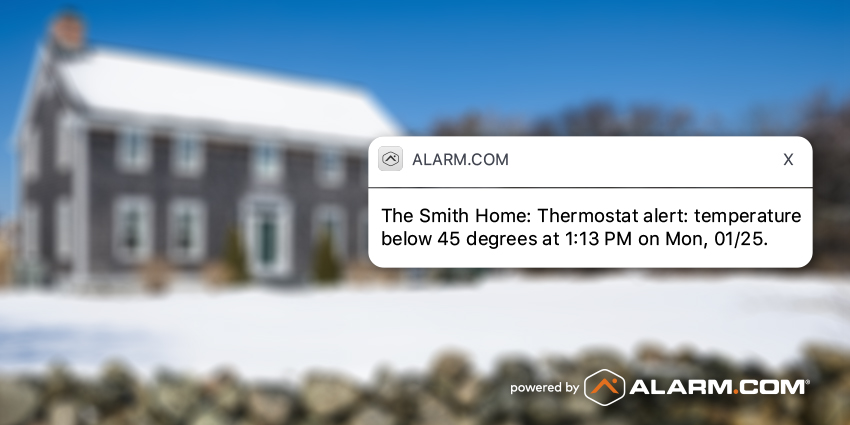The changing of the clocks this past weekend represents the near-end of winter and the beginning of longer days. Baseball season is around the corner, and pretty soon the air will be filled with the sound of birds and playing children. Unfortunately, warmer weather also brings with it an increase in crime. The opportunity for families to spend more time away from home means more opportunities for burglars to break into empty houses. In this post, we share some “daylight saving security” tips to help you add security over the warmer months ahead.
Appropriately enough, we’ll begin with a clock-related security tip. From there, we will focus on making sure your life safety devices stay up and running. We will also look at how the winter months can cause your doors’ locking hardware to deteriorate. Additionally, we’ll provide some ideas for adding spring weather-related security products. Last but certainly not least, we will also touch on the importance of taking a proactive approach to vacation security planning. Now, let’s look at the first action step on our daylight saving security checklist!
Change the Time on Your Security System
If you have an older security system, you may need to manually change the time on your alarm panel. While newer systems will automatically update, older systems often do not. And unlike most of the devices in your home that have clocks, having the wrong time on your alarm system can do more than make you late if you do not change the time.

Failing to spring your security system’s clock ahead can lead to compromised security if your alarm follows any time-based commands.
We help many of our alarm customers create time-specific alarm commands. For example, many business owners have us program their alarm systems to arm automatically at closing time. This means that if the time in the alarm hasn’t been changed to reflect daylight saving time, the alarm will not arm until an hour after it was supposed to. In this manner, failing to program the proper time in an alarm system can actually compromise security. Next, let’s look at how this season can act as a reminder to check the status of some of your home or business’s most important security-related devices.
Check and Test Life Safety Devices
As the days get longer, public officials often implore people to use the changing of the clocks as a reminder to check their smoke and carbon monoxide alarms. Articles such as this one by local news station WWLP pop up every year around this time to remind us to test the alarms in our homes and businesses. Testing your life safety devices can alert you to any issues with the alarms themselves, or their batteries.
Additionally, you should change out any smoke or CO alarms that have reached their end-of-life date. You should change smoke alarms every ten years, and CO alarms every six years. This simple security tip can pay big dividends, as these devices provide as much security as any in your home. Smoke and CO alarms are not the only security-related items in your home that you should check on every year. Let’s look at another one now!
Examine Door Closing and Locking Hardware
Winter weather has a negative effect on many appliances and parts of your home or business. Cold temperatures, snow, and ice often wreak havoc on cars, roofs, and any appliances kept outdoors. However, people often let their door hardware deteriorate season after season without updating it or calling for repairs. Every spring, we encourage customers to ensure that their locks and doors operate smoothly. If any locks look “worse for wear” after the winter, have a locksmith replace it with an updated lock that will better secure the door.
Weather-weakened door frames also make burglars’ jobs easier. Calling a door company to have the issue inspected and fixed can help ensure that your security does not get compromised. As we pointed out in our post explaining How Professional Locksmith Services Help Homeowners, calling professionals to do the job has multiple advantages. For one, you will know that the work will get done right. Parts will be installed properly and will work as effectively as possible. Additionally, professional locksmiths will install high-quality locks that will better stand the test of time compared to a lock bought over-the-counter at the local hardware store. In our next section, we take a look at how installing sensors to catch weather-related issues can help you improve your daylight saving security.

Smart thermostats can immediately alert you to dangerously high or low temperatures in your home.
Install Environmental Security Devices
We always recommend that our customers add environmental security measures to their burglar alarm systems. These devices can inform customers of potential weather-related issues in time to stave off potential disaster. For example, flood sensors detect water and create an alert upon activation. Low temperature sensors do the same for dangerously cold conditions.
As a high-tech solution, we also offer smart thermostats that allow you to control the temperature in your home remotely. These thermostats create alerts if the temperature goes above or below a customizable range in your home or business. Adding these sensors and smart devices can allow you to get ahead of any weather-related issues before they turn into disasters. Basement flooding often happens around this time of year, so now is the time to take advantage of this security. Now, let’s discuss how to create a plan to address security during vacations.
Begin Your Vacation Security Preparations
As we pointed out in our Vacation Security System “To-Do” List, families planning on traveling should take extra precautions to secure their empty homes. Some of these security measures do not take advanced preparation to complete. For example, exercising smart social media use during vacation and updating your security system contact list take very little time and energy before leaving for a trip. However, some aspects of vacation security should be figured out well in advance.

Planning vacation security measures well before your family trips can greatly increase your security over the warm-weather months.
For example, many customers install smart locks to allow house sitters key-free entrance into the home. We recommend taking this step, as these locks allow you to grant temporary access to those watching your home without giving away spare keys that can get lost or even copied and used at a later date. Additionally, we advise vacationing families to create an alternate plan for mail delivery. This involves asking the post office to hold your mail, as well as finding a neighbor to grab any packages or flyers that might get dropped off while you are gone. Since a pile of mail often indicates an empty home, burglars often take this indicator as an invitation. A little preparation now can go a long way towards improving your daylight saving security.
Creating a Complete Daylight Saving Security Plan
We hope that this post has given you some ideas to increase your home security this spring and summer. We encourage you to contact us with any questions you may have about this post, or about security in general. Furthermore, we offer free site surveys for both new and existing customers. While on site, we can make recommendations to help create a daylight saving security plan for your home. We can also address any general security and life safety concerns you may have. Together, we can create a plan to keep you and your family as secure as possible as the days get longer!
